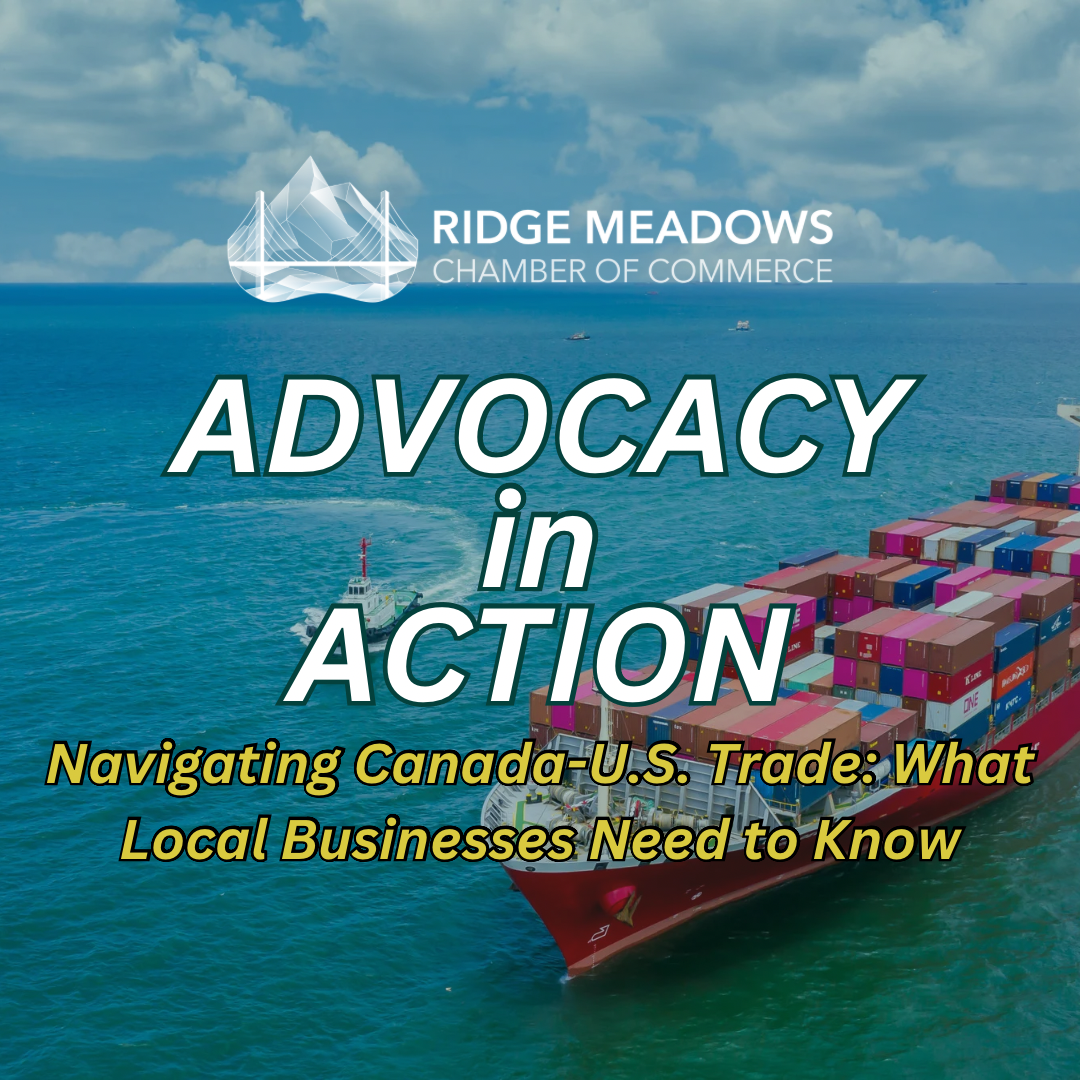Navigating Canada-U.S. Trade: What Local Businesses Need to Know
Navigating Canada-U.S. Trade: What Local Businesses Need to Know

The Canada-U.S. Trade Tracker, developed by the Business Data Lab, is an invaluable tool for understanding the deep economic integration between Canada and the United States. This interactive platform provides detailed insights into the $1.3 trillion annual two-way trade and the $1.7 trillion in cross-border investment that bind our two nations.
Key Highlights from the Trade Tracker:
-
Mutual Economic Support: Canada is the top export destination for 34 U.S. states, underscoring its pivotal role in the U.S. economy. Conversely, 2.3 million Canadian jobs are supported by exports to the U.S., highlighting the mutual benefits of this partnership.
-
Integrated Supply Chains: Nearly half of all merchandise trade between Canada and the U.S. occurs between related companies, reflecting a deeply integrated supply chain. For instance, auto parts can cross the border up to eight times before final assembly, emphasizing the seamless collaboration in manufacturing.
-
Potential Impact of Tariffs: The imposition of a 25% tariff would significantly disrupt this unique trading relationship, adversely affecting businesses and workers on both sides of the border. Such tariffs would increase costs for consumers and exacerbate affordability challenges. Given Canada's role as a reliable supplier of energy, critical minerals, and essential inputs for U.S. industries, maintaining this trade partnership is crucial for the economic well-being of both countries.
How Canadian Businesses Can Leverage the Trade Tracker:
-
Identify Key Markets: Businesses can use the Trade Tracker to pinpoint U.S. states where their products or services are in high demand, allowing for targeted market entry or expansion strategies.
-
Understand Supply Chain Dynamics: By analyzing the flow of goods between regions, companies can optimize their supply chains, reduce costs, and improve efficiency.
-
Assess Tariff Implications: Staying informed about potential tariff changes enables businesses to develop contingency plans, such as diversifying markets or adjusting pricing strategies, to mitigate adverse effects.
In an era of evolving trade policies, tools like the Canada-U.S. Trade Tracker are essential for businesses aiming to navigate the complexities of international commerce. By leveraging the insights provided, Canadian businesses can make informed decisions, strengthen their cross-border partnerships, and continue to thrive in the global marketplace.
For a comprehensive understanding of the Canada-U.S. trade relationship and to explore detailed data, visit the Canada-U.S. Trade Tracker.

